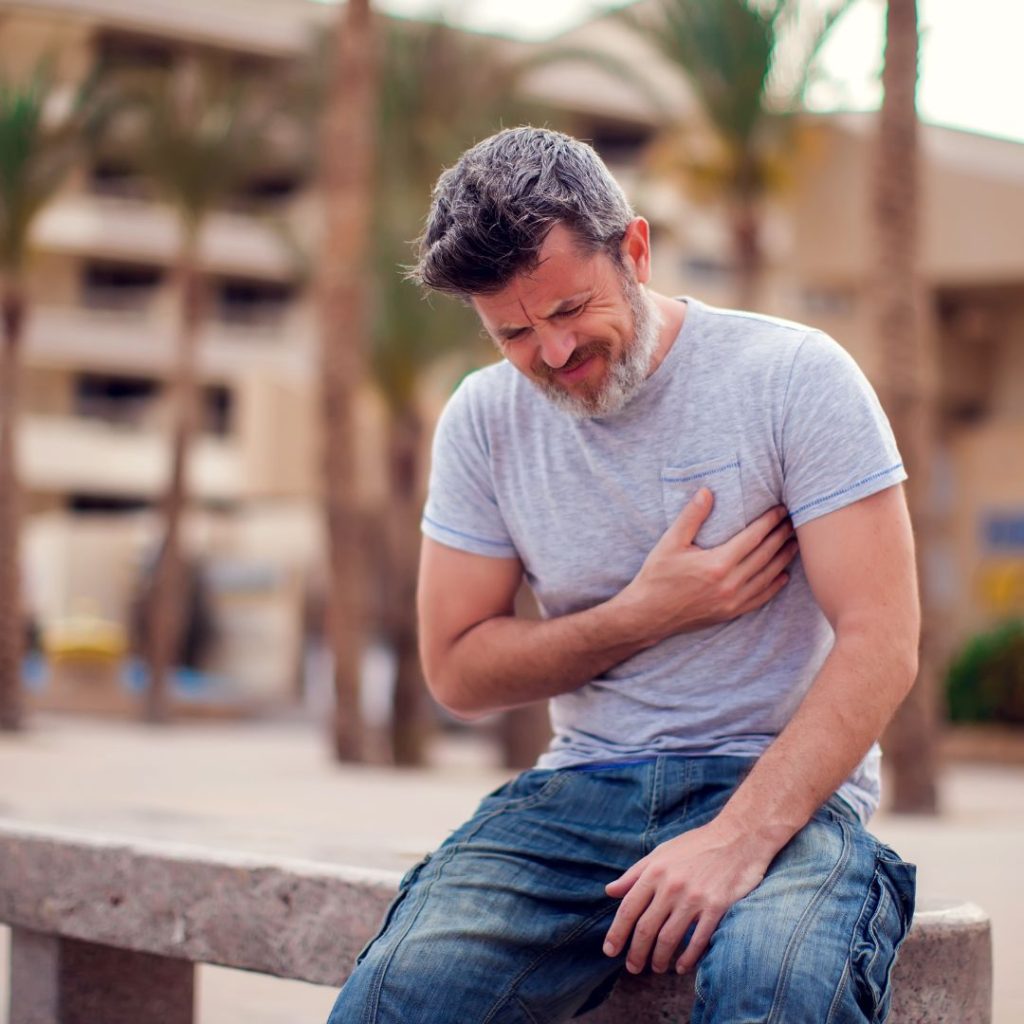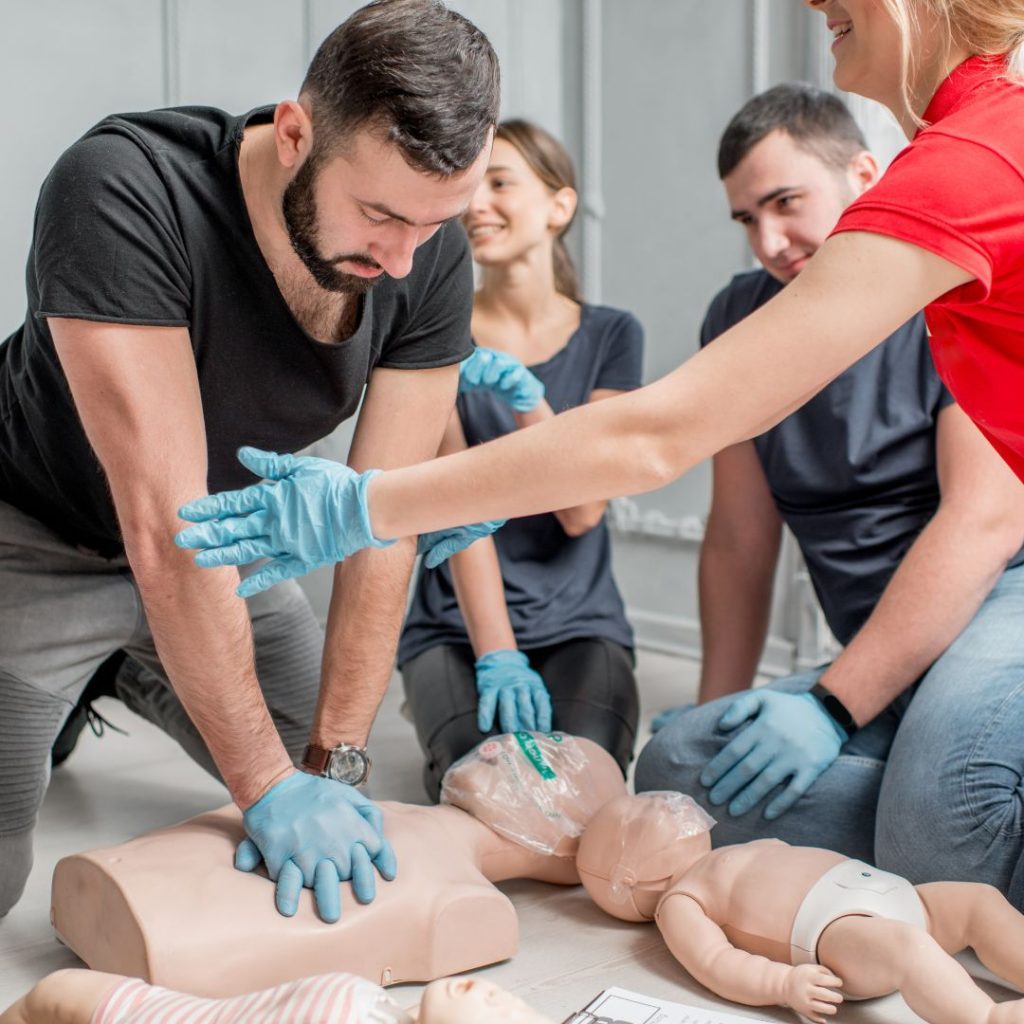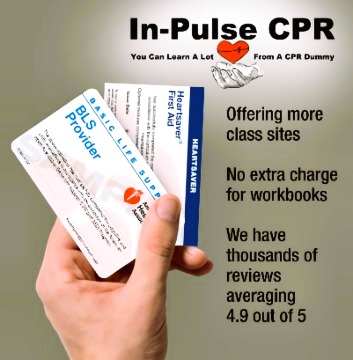Recognizing and Responding to a Heart Attack: First Aid Techniques
A heart attack occurs when blood flow to the heart is blocked, and the heart muscle is deprived of oxygen. Prompt recognition and treatment of a heart attack are essential for improving the chances of survival and minimizing long-term damage to the heart.At In-Pulse CPR, our first aid training can help you in a state of emergency, and below we discuss techniques when it comes to recognizing and responding to a heart attack. Contact us today to learn more!

Recognizing a Heart Attack
The symptoms of a heart attack can vary from person to person, but common signs and symptoms include chest pain or discomfort, shortness of breath, nausea, lightheadedness, and sweating. Chest pain or discomfort is the most common symptom, and it is often described as a feeling of pressure, squeezing, fullness, or pain in the center of the chest. Some people may experience pain or discomfort in other areas of the upper body, including the arms, neck, jaw, back, or stomach.

Responding to a Heart Attack
If you suspect that someone is having a heart attack, call for emergency medical help immediately. While waiting for help to arrive, take the following steps:
- Help the person rest in a comfortable position, ideally with their back propped up by pillows.
- Loosen any tight clothing and ask if the person takes any medication for their heart.
- If the person is conscious and not allergic to aspirin, give them a chewable aspirin tablet.
- Monitor the person’s vital signs, including their breathing and pulse, and be prepared to perform CPR if necessary.

Administering Aspirin
The symptoms of a heart attack can vary from person to person, but common signs and symptoms include chest pain or discomfort, shortness of breath, nausea, lightheadedness, and sweating. Chest pain or discomfort is the most common symptom, and it is often described as a feeling of pressure, squeezing, fullness, or pain in the center of the chest. Some people may experience pain or discomfort in other areas of the upper body, including the arms, neck, jaw, back, or stomach.

Why Choose Us?
Our trainers have extensive experience with first aid courses, and if you are ready to schedule with us, we have flexibility in our schedule for your convenience. What are you waiting for? Get started with us today!
Recognizing and responding to a heart attack promptly can make a significant difference in a person’s chances of survival and long-term recovery, and we hope you found this blog helpful on recognizing and responding to a heart attack. Take a look at our classes today!




